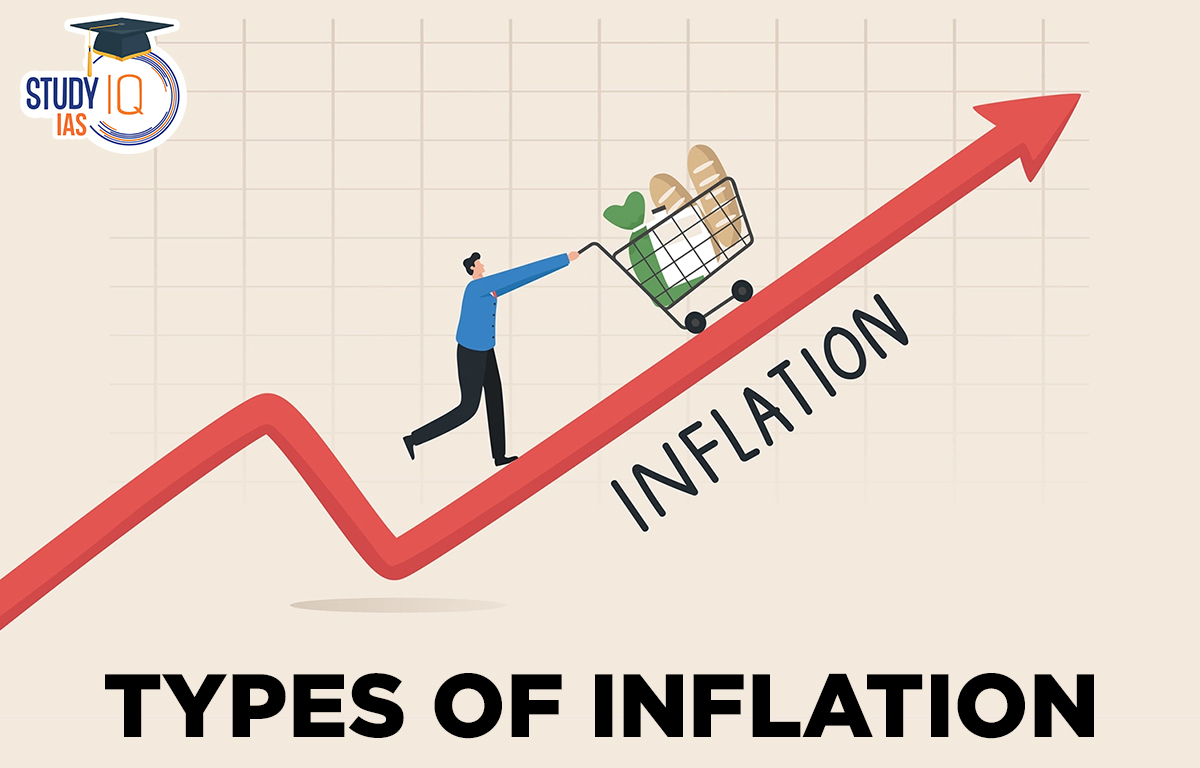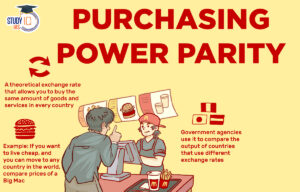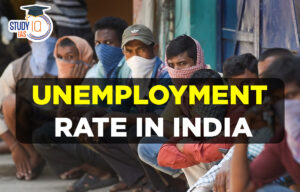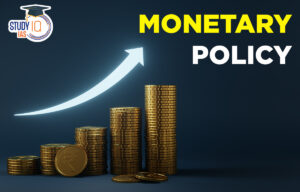Table of Contents
Types of Inflation
Inflation is the rate at which the prices of goods and services in an economy increase over time. In other words, it means that your money can buy less than it used to. For example, if the inflation rate is 2%, it means that a $10 item you bought last year will cost $10.20 this year. This is because the value of money has decreased due to the increase in the prices of goods and services.
Inflation can be caused by factors such as an increase in the money supply, a decrease in the supply of goods, or an increase in demand for goods and services.
Read about: Inflation
Types of Inflation in Economics
In economics, there are several types of inflation that can occur due to different reasons. Some of these types are caused by an increase in demand, while others are caused by a decrease in supply or imbalances in the economy.
In extreme cases, inflation can lead to hyperinflation and the collapse of the currency and the economy. Here, is a detailed description of the Types of Inflation in Economics.
| Type | Description | Example |
| Demand-pull Inflation | Occurs when demand for goods and services increases faster than their supply, leading to an increase in prices. | If there is a surge in demand for new homes, the prices of homes may increase. |
| Cost-push Inflation | Occurs when the cost of production increases and businesses pass on these costs to consumers, leading to an increase in prices. | If there is an increase in the cost of raw materials used to make a product, the price of the product may increase. |
| Structural Inflation | Occurs due to imbalances in the supply chain or production process, leading to a sustained increase in prices. | If there is a shortage of a certain product, such as crude oil, the price of the product may increase. |
| Hyperinflation | Occurs when there is an extremely rapid increase in prices, leading to a collapse of the currency and the economy. | In 1923, the German mark became worthless due to hyperinflation, with prices doubling every two days. |
| Deflation | The opposite of inflation, where the prices of goods and services decrease over time. | If there is a decrease in the demand for new homes, the prices of homes may decrease. |
| Stagflation | Occurs when there is a combination of high inflation and high unemployment, leading to a stagnant economy. | In the 1970s, the US experienced stagflation due to a combination of high oil prices and high unemployment rates. |
| Walking/Trotting Inflation | Slow and gradual increase in prices over time. This type of inflation is often associated with a growing economy and is not usually a cause for concern. | In the United States, walking/trotting inflation occurred during the 1990s when the economy was growing steadily. |
| Running/Galloping Inflation | A rapid increase in prices occurs over a shorter period than walking/trotting inflation. Running/galloping inflation can be caused by a sudden increase in demand for goods or a decrease in the supply of goods. | In the 1970s, the United States experienced running/galloping inflation due to the OPEC oil embargo and the Vietnam War. |
| Runaway/Hyper Inflation | An extremely rapid increase in prices occurs when the demand for goods and services exceeds the supply. Hyperinflation is often caused by political instability, war, or other factors that disrupt the economy. | Zimbabwe experienced hyperinflation in the late 2000s, with prices increasing by more than a billion per cent. |
| Misery Index | A measure of the overall economic well-being of a population, calculated by adding the inflation rate to the unemployment rate. The higher the misery index, the worse the economic conditions. | In the 1970s, the United States had a high misery index due to high inflation and high unemployment rates. |
| Inflationary Gap | The difference between the actual level of gross domestic product (GDP) and the potential level of GDP. An inflationary gap occurs when the economy is producing above its potential, leading to increased demand for goods and services. | In the United States, the inflationary gap occurred during World War II, as the government increased spending to support the war effort. |
| Deflationary Gap | The difference between the actual level of gross domestic product (GDP) and the potential level of GDP. A deflationary gap occurs when the economy is producing below its potential, leading to a decrease in demand for goods and services. | During the Great Depression, the United States experienced a deflationary gap, with high unemployment rates and low levels of economic activity. |
| Suppressed/Repressed Inflation | Inflation is hidden or kept under control by government policies. Suppressed/repressed inflation can occur when governments fix prices or artificially control the supply of goods and services. | In Venezuela, the government has tried to suppress inflation by setting price controls on goods and services, leading to shortages and black markets. |
Read about: Indian Financial System
Demand-Pull Inflation
Demand-pull inflation occurs when the demand for goods and services in an economy increases faster than their supply. This leads to an increase in the prices of goods and services. It happens because consumers are willing to pay more for the same product due to its high demand.
An example of demand-pull inflation in the Indian economy could be the surge in demand for gold during festivals and wedding seasons. When the demand for gold increases, it leads to an increase in the price of gold, which in turn increases the overall inflation rate. This is because consumers are willing to pay more for gold due to its high demand, and as a result, gold prices go up. The increase in the price of gold could lead to an increase in the prices of other goods and services as well since gold is used as a benchmark in determining the prices of other commodities in India.
Read about: Types of Banks in India
Cost-Push Inflation
Cost-push inflation occurs when the cost of production increases and businesses pass on these costs to consumers, leading to an increase in the prices of goods and services. This happens when the cost of inputs such as raw materials, wages, and energy increases. As the cost of production goes up, businesses have to increase their prices to maintain their profit margins.
An example of cost-push inflation in the Indian economy could be the increase in fuel prices. When the price of crude oil increases in the global market, it leads to an increase in the cost of production of goods and services. Since transportation costs go up due to higher fuel prices, businesses have to increase the prices of their products to maintain their profit margins. This, in turn, leads to an increase in the overall inflation rate in the economy.
Read about: Types of Bank Accounts
Types of Inflation UPSC
The topic of inflation is an important part of the UPSC Syllabus as it is a significant economic indicator that affects various aspects of the economy. The UPSC exam, including the Prelims and Mains, includes questions related to inflation, its types, and its impact on the economy.
Understanding the different types of inflation and their causes is essential for UPSC aspirants, as it helps them analyze economic policies and their effects on inflation. Knowledge of this topic is also crucial for candidates appearing for the UPSC interviews. UPSC Online Coaching platforms StudyIQ offer comprehensive courses that cover the UPSC Syllabus, including inflation and its types, and provide UPSC Mock Test to help aspirants practice and evaluate their preparation.
Read about: Finance Ministers of India List


 Purchasing Power Parity Index, How to Ca...
Purchasing Power Parity Index, How to Ca...
 Unemployment Rate in India, Current Rate...
Unemployment Rate in India, Current Rate...
 RBI Monetary Policy Committee: Repo Rate...
RBI Monetary Policy Committee: Repo Rate...

























